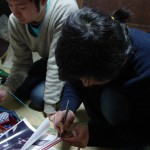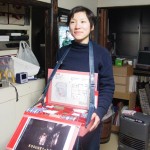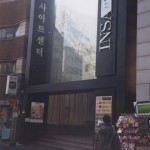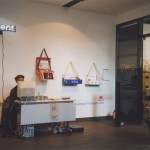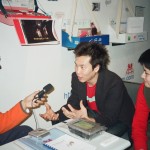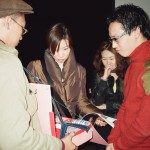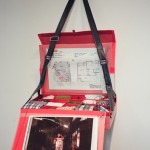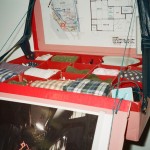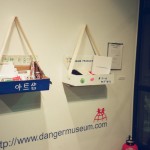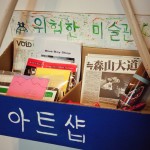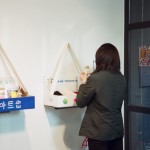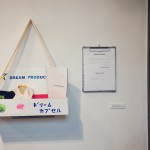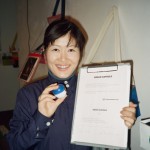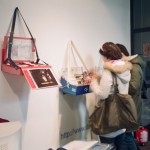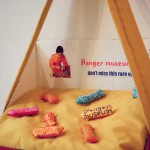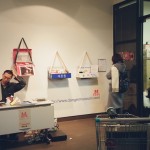The Show
2002.2.15 – 2.24
Opening 2002. 2. 15 Fri p.m 5:00
Insa Art Space of the Korean Culture & Arts Foundation
188 Gwanhoon-dong Jongno-gu, Seoul, Korea, 110-130
Curator: Dusu Choi
Yeonsu Baik, Dian Bauer, Lali Chetwynd, Byoungil Choi, Dusu Choi, Houng Chul Choi, In Gyu Choi, Sean Cummins, Zeyad Dajani, Sabino D’Argenio, James Harris, Alexander Hidalgo, Norman Hogg, Young-In HOng, Seong Ok Huh, Sang hyun Jung, Sue Jin Chung, Jeong ah Koh, Joo young Lee, Sang Hun Lee, Seungwon Lee-Jung, Yuong-Mi Lee, Peter Liversidge, Woong Jae Moon, Jeroen Offerman, Andrew Olssen, Luke Oxley, Jina Park, MeeNa Park, Zinoo Park, Wilken Schade, Hideatsu Shiba, Eva Stenram, Kay Walsh, Edward Weldon, Simon Wood, Danger Museum Woon Tien Wei & Shimizu Miho
Danger Museum organised a solo show by Kosuge 1-16 (Chishino Kurumada & Takashi Tsuchiya) and presented with museum shop, as a mobile museum. Museum shop includes: Dream Capsule by Dream Products Company (Kana Tsuji), a small booklet by Oyvind Renberg, “Cafe to museum shop” the Danger Museum guide book by Mr.Lee (Mr.Lee New Holland Tours Books), Danger Museum Book by Lim Kok Boon, Danger Museum official badge, Artist T-shirt, Gwenaëlle Gobé Artist Book, Void Chicken.
**********
We are pleased to announce that Insa Art Space of the Korean Culture & Arts Foundation in Seoul will host an exhibition of international emerging artists currently at the cutting edge in their approach to making work. From 15th to 24th February, artists representing Korea, USA, Britain, Japan, Singapore, Germany, Holland and Australia, curated by Dusu Choi, the exhibition aims to show some of the world’s most imaginative and competitive art before Seoul becomes host to the world’s football fans.
Paintings, sculpture, video, photography and more will provide discourse in their individual relationships. While some works already have a reputation, others will be shown for the first time, indeed, some will be made especially for the exhibition. With no particular theme, each artists is free to address the things important to their practice without compromise. What unite them is their difference, the attempt to communicate to others who have different cultural history and therefore different understanding of signs and representations. Do we have more similarities than differences? What are the things we share? What are the things unique to ourselves?
Dusu Choi 2001.

